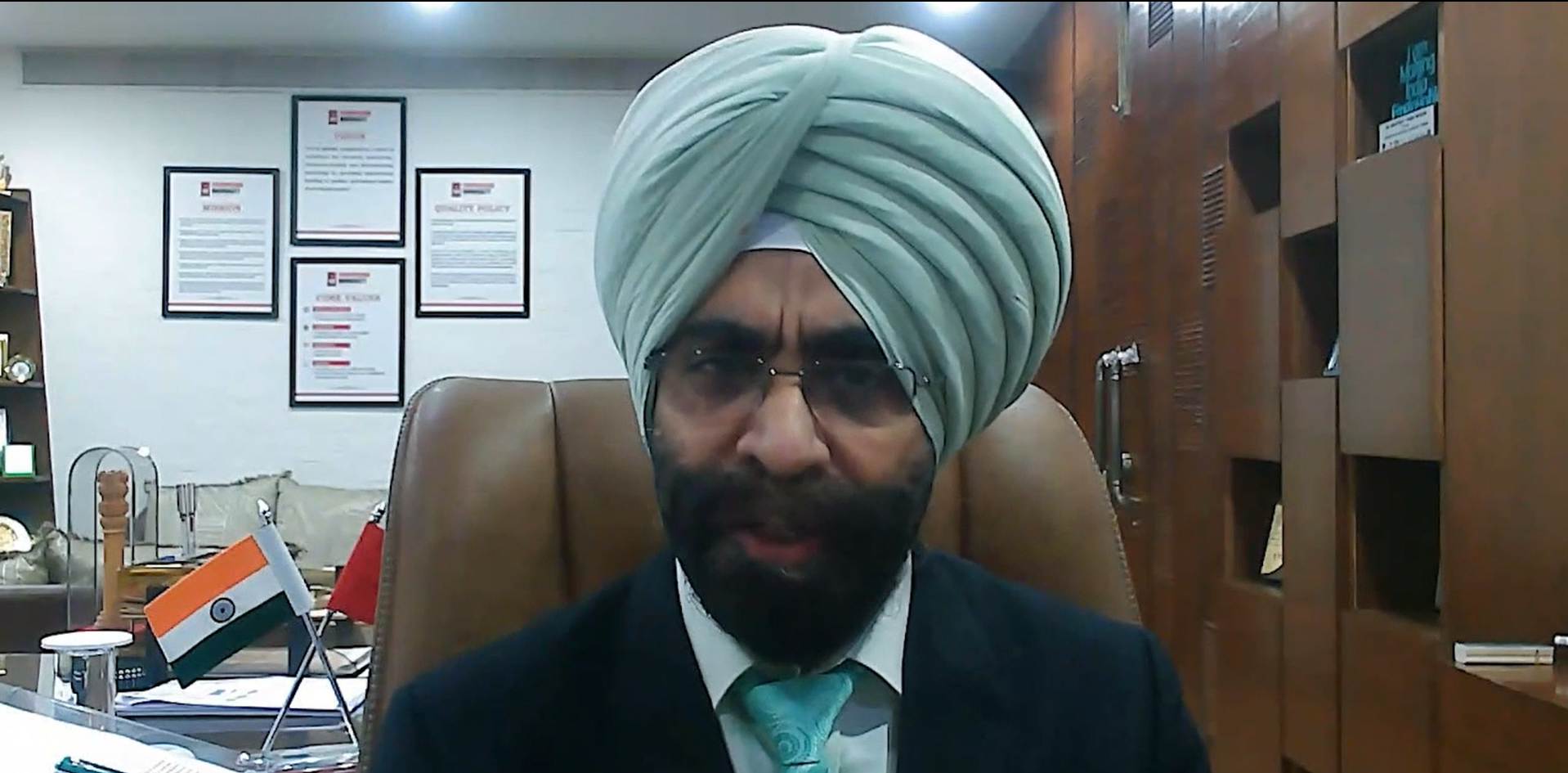Insights from BSI’s Future Learning Podcast
This article summarises the key points from BSI Group CEO Simon Dewar’s discussion on transnational education with BSI Learning Institute CEO Kala Philip, CEO of Cyprinoid Solutions Dr Russell Joshua and Vice Chancellor of Chandigarh University in Mohali, India Prof. Manpreet Singh Manna.
This is the second video in our series on Transnational Education, where we discuss the importance of global education in skilling for the future, and its importance to Australia.
In our interconnected world, transnational education fosters collaboration, especially between India and Australia. These partnerships enhance higher education, vocational training, and skills development. They impact student outcomes, the global education landscape, and the future of work.
Why India and Australia Are Ideal Transnational Education Partners
India and Australia share deep connections in trade, investment, and education. With India's growing emphasis on skills development and technological innovation, Australian universities and training institutions offer valuable expertise, particularly in experiential learning and artificial intelligence. As Dr. Manna highlights, “India, Australia – amazing combination… We have the resources over here, the human resources. When the human resources are going to get the technology from there and they will come back, they can create a new world for the whole nation”.
Internationalisation of Education: A Shared Vision
India’s National Education Policy (NEP) underscores the importance of international education, promoting exchange programs and transnational collaborations. Australia’s established education framework provides an ideal platform for Indian students to gain expertise in areas like AI, agribusiness, and renewable energy.
Preparing for the Future of Work through transnational education
As industries evolve, vocational education and higher education must adapt to the demands of the future of work. Australian institutions are pioneers in skills-based education. Integrating these methods into India's system fosters practical, application-oriented learning. This approach helps students develop skills that are directly applicable to real-world scenarios. Dr. Manna emphasises this by saying, “Artificial intelligence is going to be a new world. The Gen Zs are very much connected with the artificial world and Australia has already proven [its expertise].”
The Impact of Exchange and Training Programs
Joint training programs, exchange initiatives, and sandwich courses help bridge educational gaps and create a more globally competent workforce. “Education and trade can go simultaneously,” Dr. Manna notes. “This exchange program; this training program; this sandwich program in the education system are going to be a backbone to make these two countries [stronger partners].”
Conclusion
The growing international education ties between India and Australia highlight transnational education's role in shaping global careers and economies. By combining their strengths, both nations create opportunities where education and industry work together seamlessly. This collaboration benefits students, educators, and businesses, building a skilled, adaptable workforce for future challenges.
Watch the full podcast episode on Apple or Spotify.
Thank you for tuning in!
